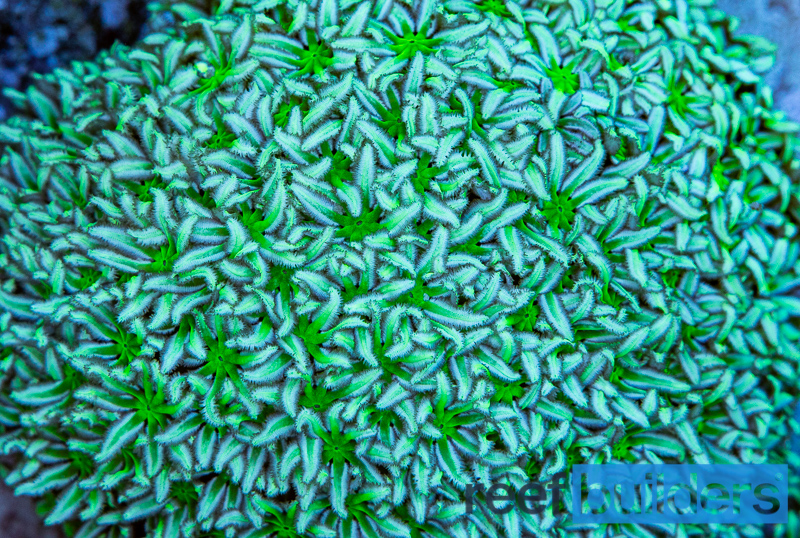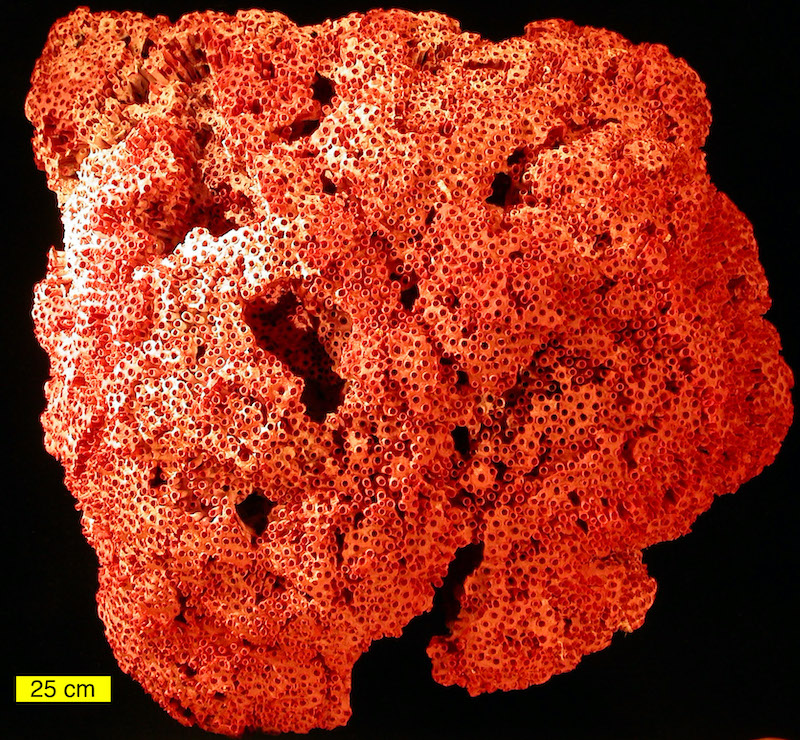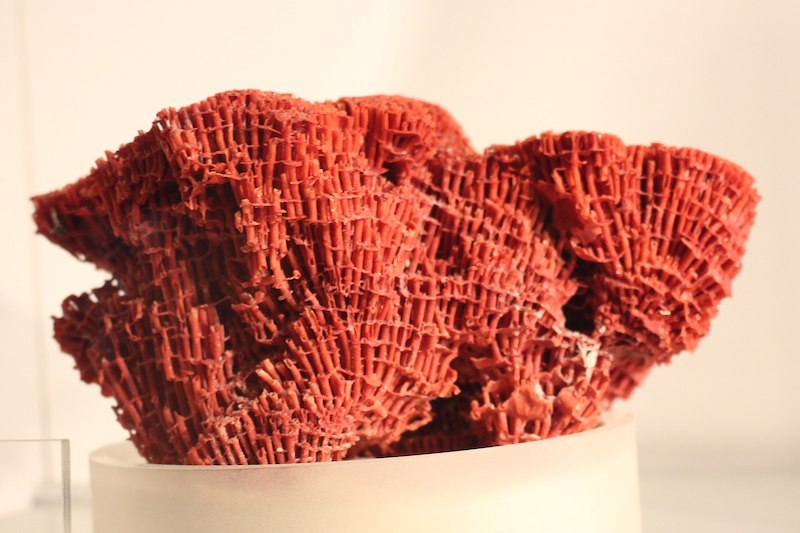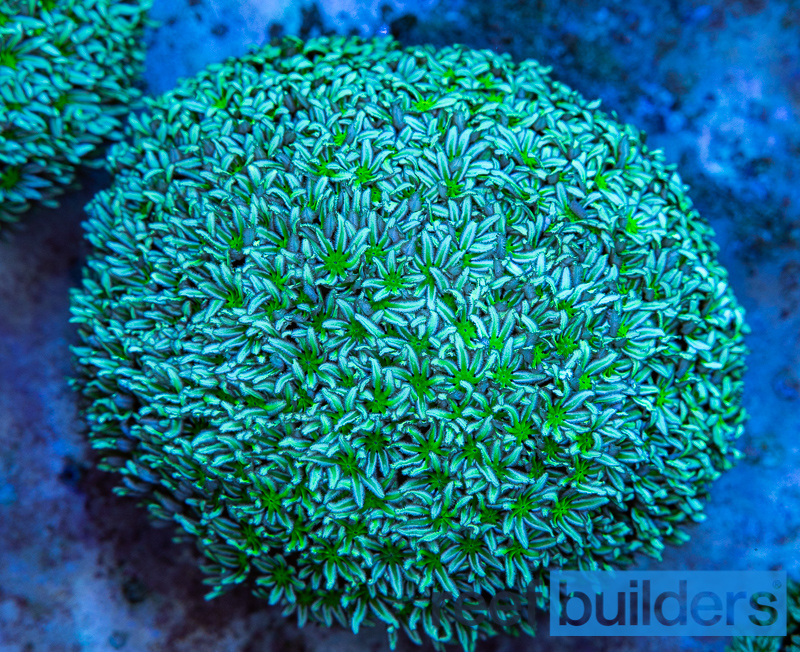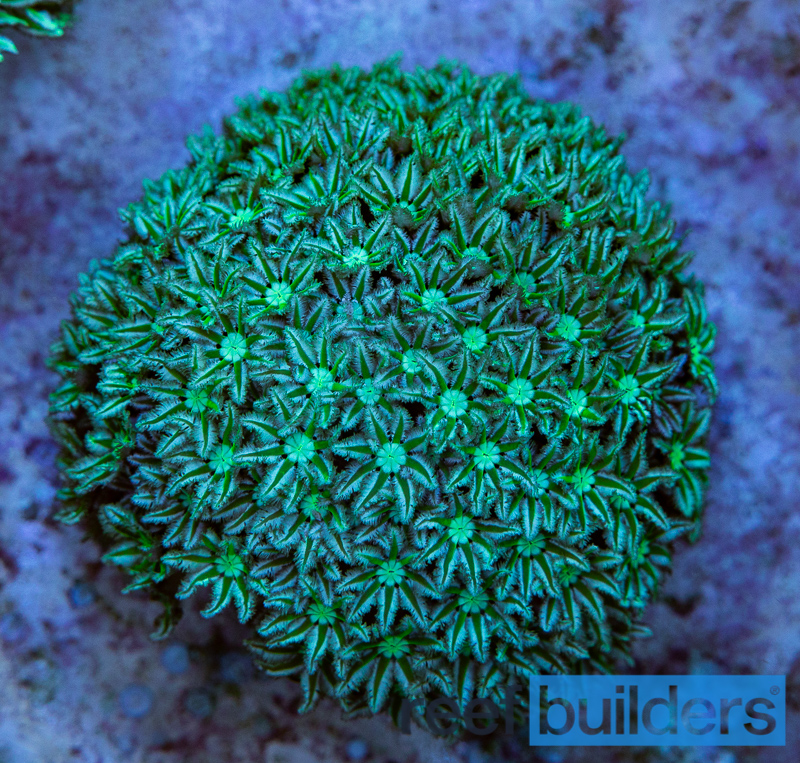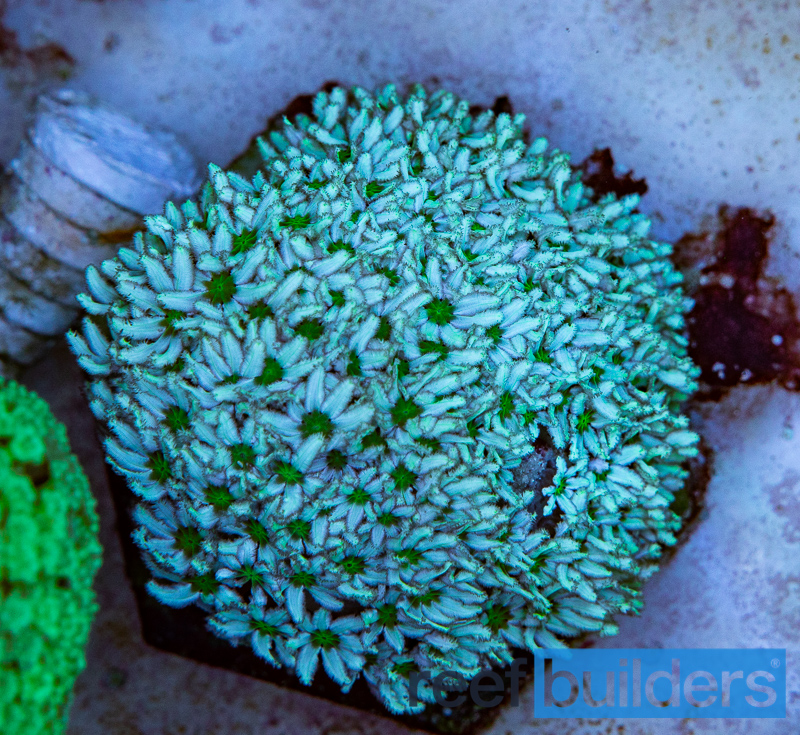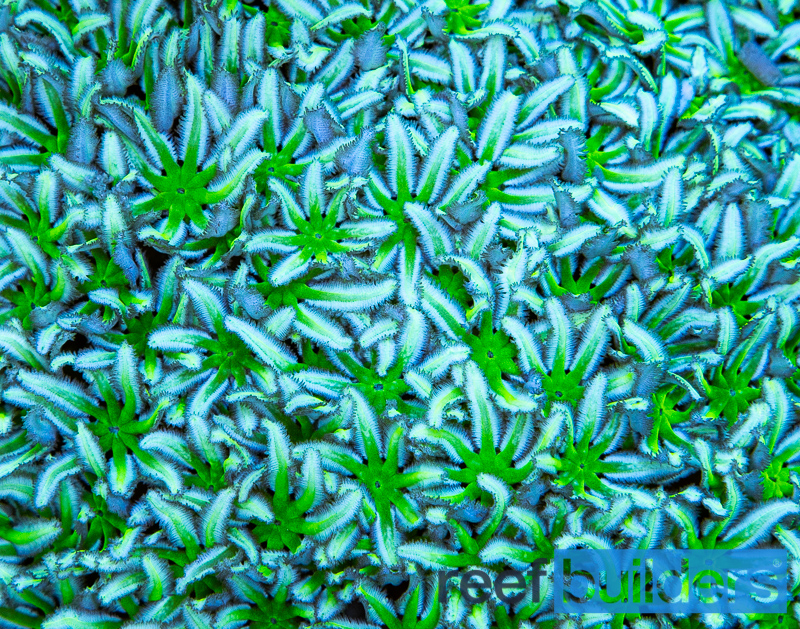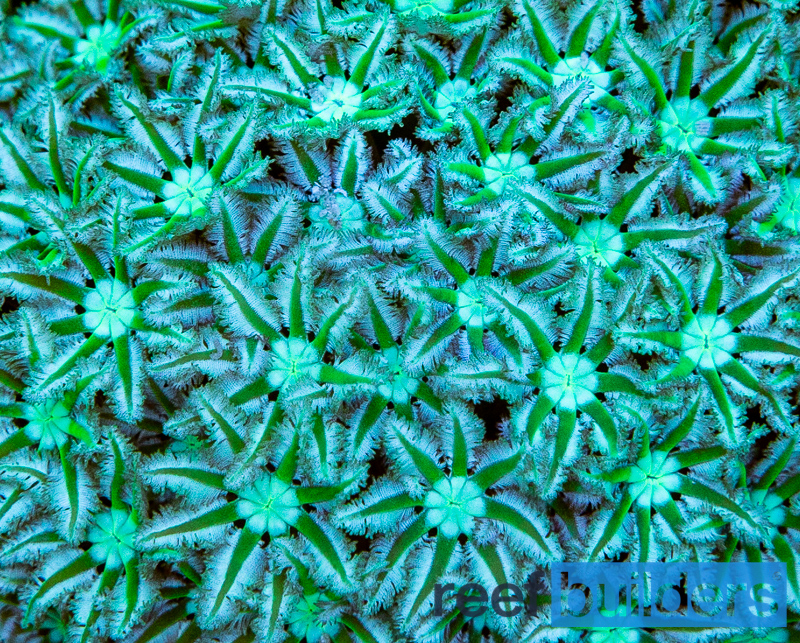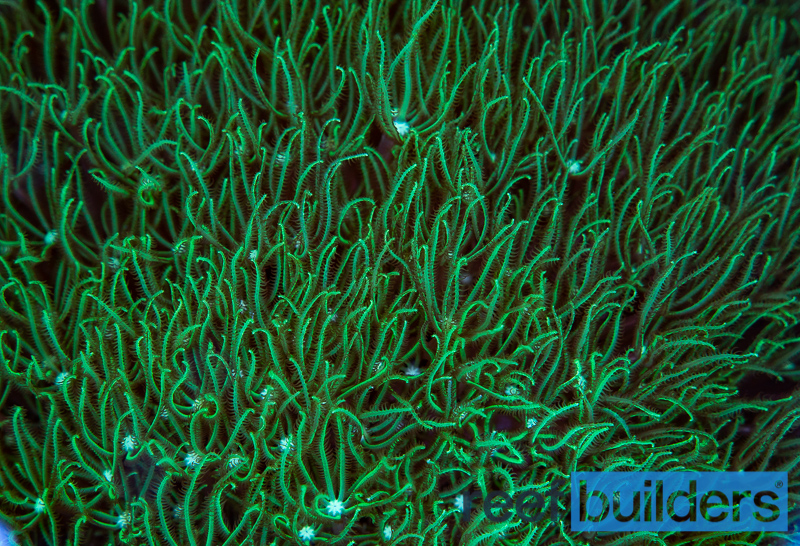Pipe organ is an interesting and very unique species of coral that comes in a dizzying amount of variety that isn’t celebrated nearly enough. Officially known as Tubipora musica the pipe organ coral has a very long and storied history being one of the first corals to ever be described more than 250 years ago by the father of modern taxonomy himself, Carolus Linnaeus in 1758.
Unlike nearly all other Octocoral ‘soft coral’ the pipe organ grows a calcium skeleton which is a bright red to maroon and has long been sought after as a piece of curio and to this day it is still one of the most heavily harvested species of reef corals. Fortunately for us the pipe organ coral is relatively easy to keep alive and there is a wide range of different strains with a diversity of colors and patterns for reef aquarists to enjoy.
The unique skeleton of Tubipora is unlike any other coral living today but one fossil coral known as Syringopora appears to be a dead ringer for an ancestor of modern Tubipora and it’s actually quite commonly found in rock layers dating back hundreds of millions of years. We may never get to see the living appearance of Syringopora but in recent years researchers have come to describe and document a diminutive species of Octocoral now known as Nanipora which also grows a calcium carbonate skeleton but the very small polyps are cryptic and indistinct.
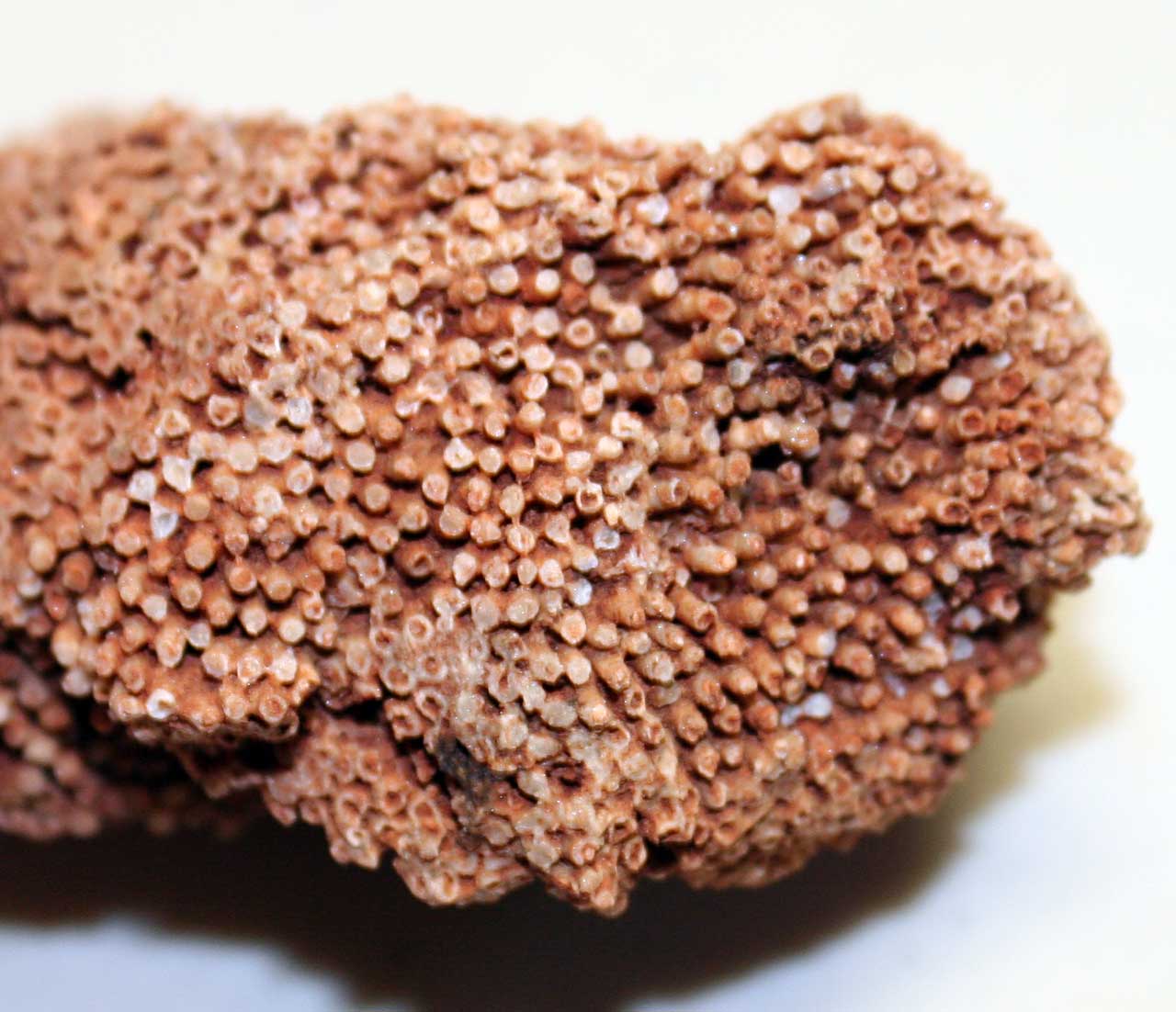
For all the diversity we see in living pipe organ corals, while there are a number of different species which were described hundreds of years ago, unfortunately the only retained material was the dried skeleton, making it nearly impossible to ascribe them to the living colonies that we see imported alive for aquariums today. We may not know the species but there are (at least) two distinctive ‘types’ of pipe organ that we enjoy growing in our reef tanks, a thin tentacle variety with long stringy polyps and a more open growing skeleton, and a thick tentacle variety with pinnules so closely spaced that the tentacles appear fused giving the polyps a very flower like appearance.
Two other much rarer varieties of pipe organ have even more fused pinnules, one we’ve only seen in photographs has large tentacles that appear floppy like ears or leaves and one very interesting strain documented in the Solomon Islands by Julian Sprung is a near perfect mimic of Alveopora except for having eight tentacles to the usual twelve seen in the true Scleractinia stony corals. While we can’t comment on the latter two types of pipe organ, the two former varieties are actually quite great aquarium animals.
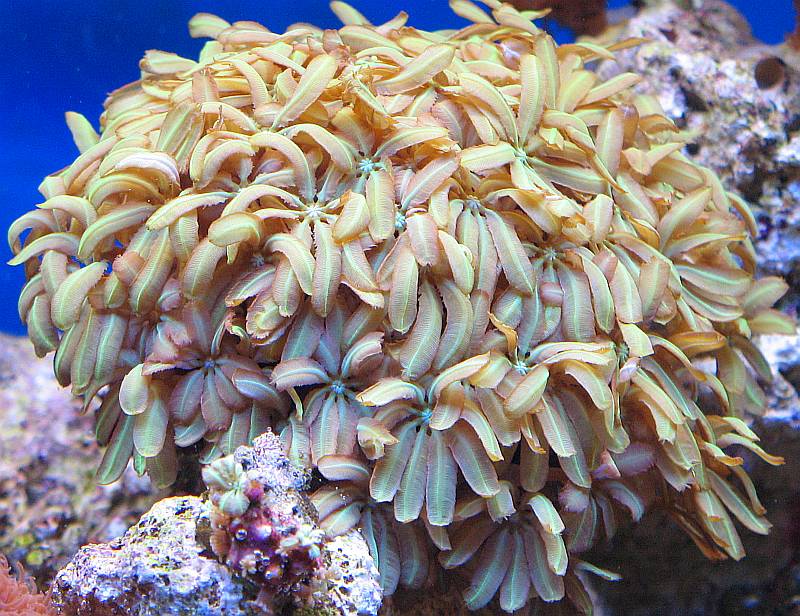
The ‘paddle fin’ variety is most often exported from the West Pacific Ocean and used to be common when harvesting corals from Fiji was allowed, but many strains have persisted in aquarium culture. This possible species has much more colorful tentacles and closely spaced polyps with a tight growing skeleton which we find tends to harbor sponge growth which can be tedious to remove, but under ideal conditions the living tissue can grow faster than the sponge.
The most common variety of pipe organ has very elongated polyps with bright green tentacles and can grow very fast under a wide range of conditions. The density of the skeleton and the spacing of the polyps can very greatly depending on the environment in which it is growing and like so many other corals the coral grows much more densely in high energy environments, even from one side of the colony to the other. The only downside to the elongated variety of pipe organ is that it can grow so well as to become hard to remove from a reef tank – the hard skeleton makes it very easy to propagate but it can be challenging to capture every last piece of living skeleton which can blow around the aquarium and establish themselves in unwanted palces.
This stringy strain or pipe organ looks, grows and behaves very differently from the paddle tentacle variety and it is our opinion that these are the most likely candidates to be considered as separate species. Recent research has attempted to tease apart the genetics of different Tubipora but the molecular markers used in the analysis didn’t distinguish any obvious genetic differences between the samples they examined.
Despite the lack of resolution in different species of pipe organ corals, there is a wide variety of pipe organ strains in the aquarium hobby – mostly different shades of green but if you appreciate something a little different and enjoy unique corals that don’t grow too fast, keep an eye out for frags of Tubipora musica and you might be delighted with a nice colony of colorful polyps which is quite unlike any other coral in the reef aquarium hobby.


